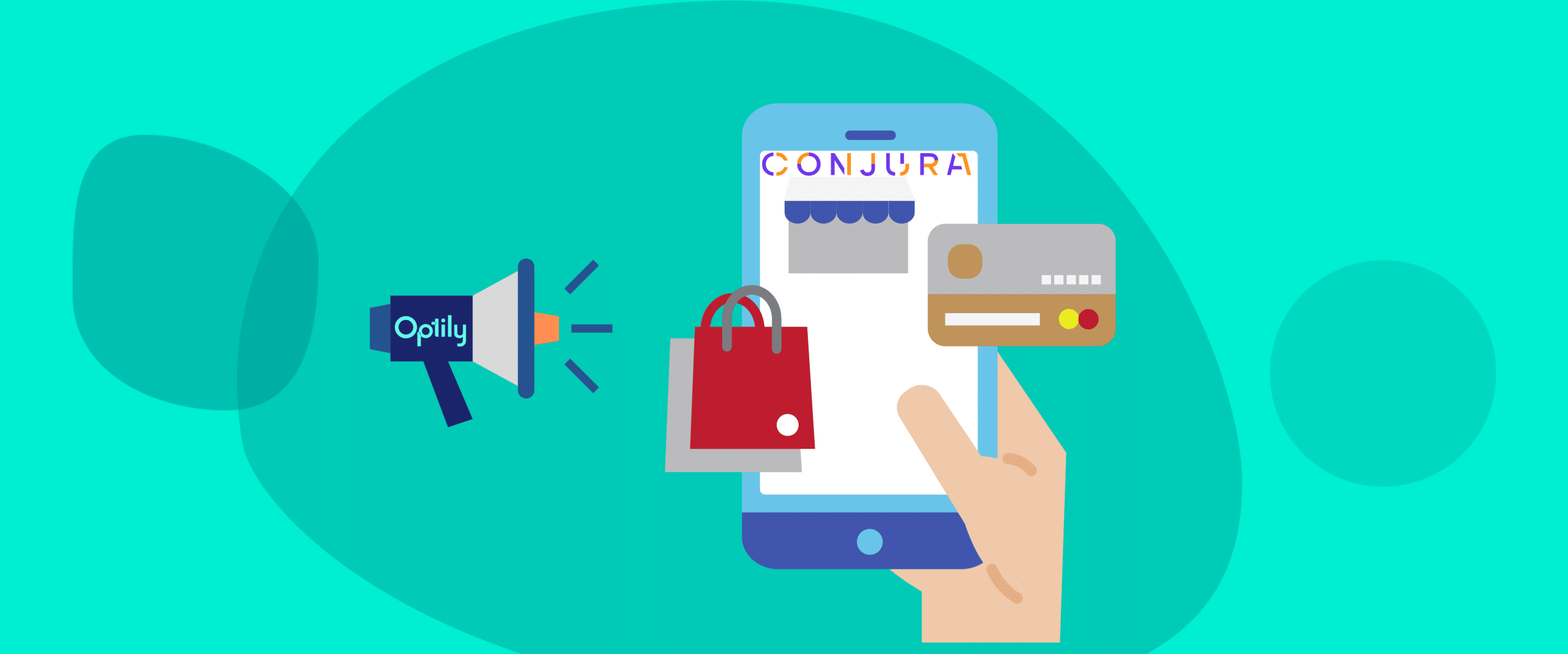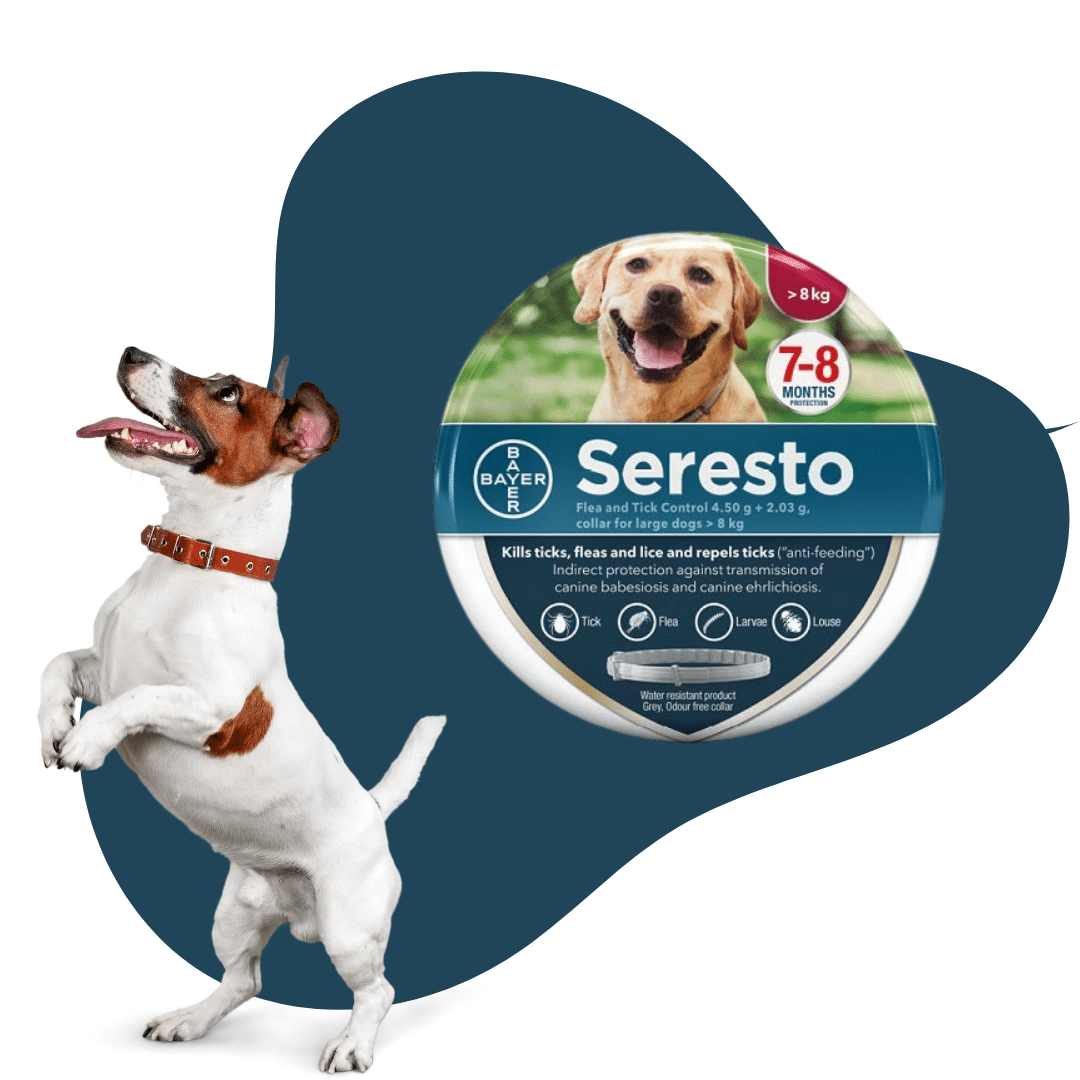In the digital world, it seems like creative gets a lot of the spotlight, but it’s critical to not forget about copy. While your images and videos are great for attention-grabbing, once you have those eyeballs on your ad, you need to inform the user with your copywriting.
Whether you’re introducing your brand or getting someone to commit to a purchase, copywriting is a key component of success. We’ll go through the basics of copywriting to get you started with ads that will boost your sales.
After we discuss what research and methodology you need to start with, we cover off:
- Crafting a great headline
- Character limits and the importance of being concise
- Identifying features and turning them into solutions
Join the Optily newsletter!
Stay up-to-date on platform changes, digital marketing tactics, and industry news. We promise we won’t spam!
Customer and competitor research
Before you start doing any kind of writing, you need to begin with research. Digital marketing is essentially a mini sales pitch at scale. So like for any successful sales pitch, you need to know who you’re talking to.
Identifying and really honing in on who your customers are, what their problems are, and how best to communicate with them is a key first step. By knowing what groups you’re targeting and the kind of language that resonates with them, you’ll have a much easier time coming up with copy that gets them interested in your product.
While there are plenty of ways to conduct customer persona research, like focus groups, surveys, or mindtyping, not every small business has the resources for that. In this case, you may want to look to your competitors for inspiration.
Those bigger and established brands that are targeting the same customers have likely already invested in a lot of this type of research. Snoop their ad libraries, website copy, and social media to see the language and CTAs that they are focusing on.
Below is a clip of Charles Chy talking about how important it is to truly know your customers first. It’s much more valuable before launching a campaign, rather than adjusting as you go.
Write a powerful headline
Be it a social media ad or search, the headline is going to be the key piece of copy in your ad. While we’ve mentioned the image (if there is one) is the main attention grabber, the headline is where you really get to drive your message home. Especially since the vast majority of people will only read this and nothing else.
Your goal with the headline is to hook them to read more or click through to your site. At this stage, it’s really key to understand your target audience and your goal. If you’re looking to get students to sign up for your newsletter, you’re going to use one type of language. But if you were targeting their parents to make purchases for their young scholar’s new dorm, it would be different.
For both search and social, you can create a variety of headlines to test dynamically or through A/B testing. This way you can put out a variety of headlines and see which one performs the best. Google’s Performance Max campaigns will do this optimization for you automatically and Facebook allows you to input multiple variations when you create your ad.
In copywriting, less is more
You need to get to the point quickly in ads. People skim, scan, and try their best to ignore ads a lot of the time. You need to grab their attention and make your call to action clear and concise. Character limits are especially important in PPC ads, but in social media, you also shouldn’t count on users to click on “Read More” very often.
We’ve spelled out the specifics for all the Meta Ads formats and Google Ads formats in other articles. Use these as a guide when creating your copy for all the different types of ads, like dynamic search ads, Facebook carousels, or Instagram stories.
Turning product features into benefits
Your offering might be really clear to you, but you have to make sure to spell it out in your ads. Identify your product features and what problems they directly solve. Depending on what stage of the funnel you are advertising in, you’ll want to present your brand, the problem your customers face, and why your offering is the right solution for them.
After you hook your customers with your headline, they’ll want to know more. In the copy you can briefly present your features, the way in which you stand out from the competition, and, of course, any offers or promotions you’re running.
You want to be really clear in this step. You don’t want to make any assumptions, which can be hard when you live and breathe your offering. Be direct about what the benefits are to the customer and make it easy to understand. This means avoiding complex jargon or super technical terminology.
It’s also important to keep in mind what part of the funnel you’re advertising for. If you’re just introducing your brand at the top of the funnel, you’ll be much more generic. Whereas towards the bottom of the funnel, you’re looking to get people to convert, so you’ll need to be much more on-the-nose with the benefits.






